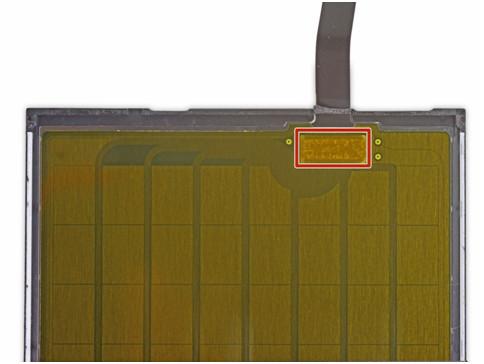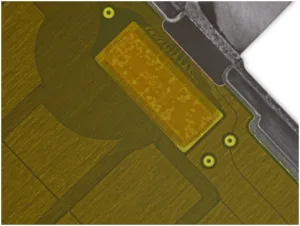With the introduction of the iPhone 6s and 6s Plus, Apple has provided users with a force sensing touch user interface enabling new input modalities that also incorporate haptic feedback. I recently briefly assessed the user interface enhancements afforded by Apple’s 3D Touch feature of the iPhone 6s. I found the functionality of the Touch 3D user interface to be helpful and well integrated into the UI and operating system of the handset.

Apple describes 3D Touch in the following way:
“The original iPhone introduced the world to Multi-Touch, forever changing the way people experience technology. With 3D Touch, you can do things that were never possible before. It senses how deeply you press the display, letting you do all kinds of essential things more quickly and simply. And it gives you real-time feedback in the form of subtle taps from the all-new Taptic Engine.”
“iPhone 6s introduces an entirely new way to interact with your phone. For the ?rst time, iPhone senses how much pressure you apply to the display. In addition to familiar Multi?Touch gestures like Tap, Swipe, and Pinch, 3D Touch introduces Peek and Pop. This brings a new dimension of functionality to the iPhone experience. And when you use 3D Touch, your iPhone responds with subtle taps. So not only will you see what a press can do — you’ll feel it.”
If you are interested in learning Apple’s entire description of its 3D Touch technology look here (http://tinyurl.com/hn7tk3q) and here (http://tinyurl.com/ngorcya). However, I wanted to learn more details concerning the hardware implementation of 3D Touch. Fortunately the folks over at iFixit have completed a teardown of the iPhone 6s which reveals details of the 3D Touch technology. The teardown includes detailed images of the 3D Touch sensor hardware as shown in the photos below.
 Source:iFixit
Source:iFixit
Source:iFixit
iFixit found that there is an additional 3D Touch sensor (3DTS) integrated behind the projected capacitance touch screen liquid crystal display (LCD). iFixit describes the 3DTS as an array of capacitors which are individually interconnected to the controller chip visible near the flex cable in each of the photos above.
iFixit’s analysis of the operation of the 3DTS states: “Apple worked closely with Corning, the makers of Gorilla Glass, to develop a pliable glass for the new iPhone’s glass cover. Pressing down onto the glass bends the glass very slightly at the point of contact, shortening the distance between your finger and the corresponding capacitor plate in the array beneath the display. This registers a “push” rather than a “touch”. I note from the large number of fine pitch traces and fine pitch interconnects to the controller chip that the 3DTS is likely a relatively costly addition to the iPhone bill of materials. Adding the layers to implement 3D Touch is also likely to lead to an increase in weight and thickness of the handset.
If 3D Touch is highly valued by consumers going forward, there will likely be further technology development to allow other handset developers to offer versions of this user interface approach while also addressing the cost, weight and thickness issues. Tomorrow, I will return to this topic with an interview of a new company that is working in this area and has some interesting technology.
– Phil Wright

